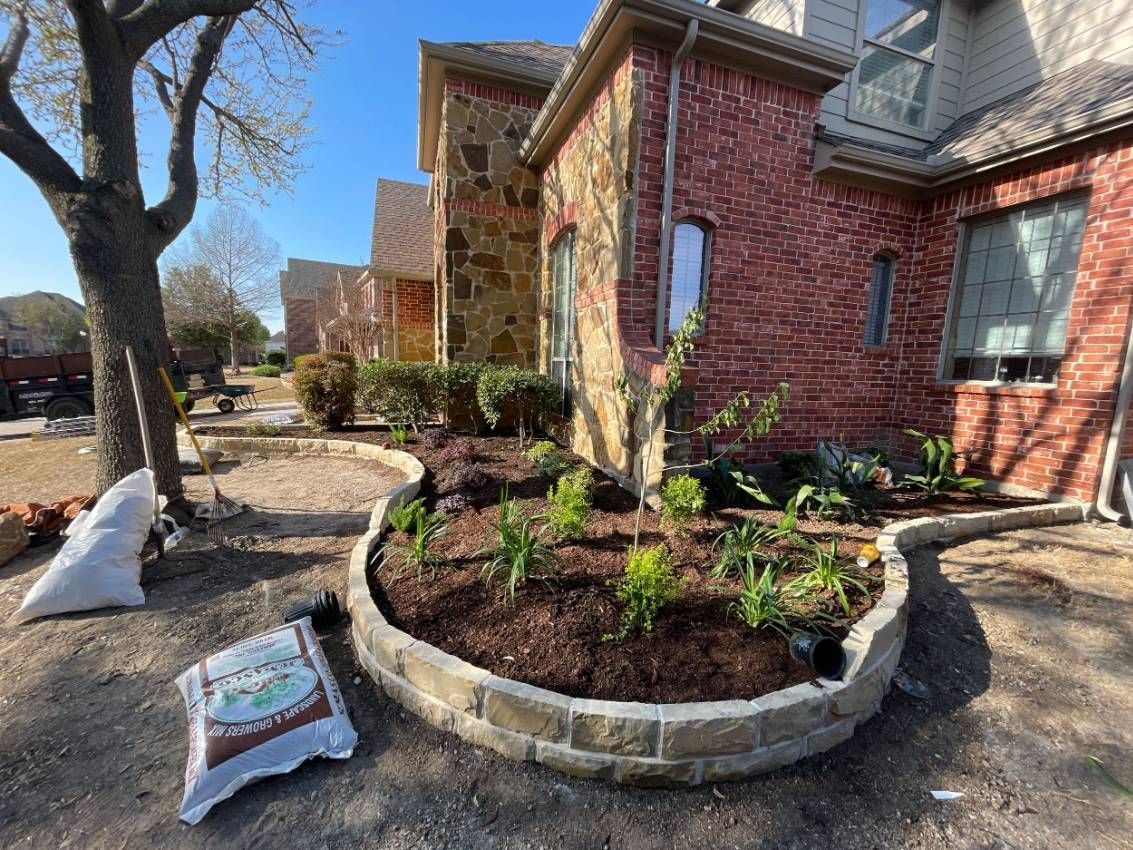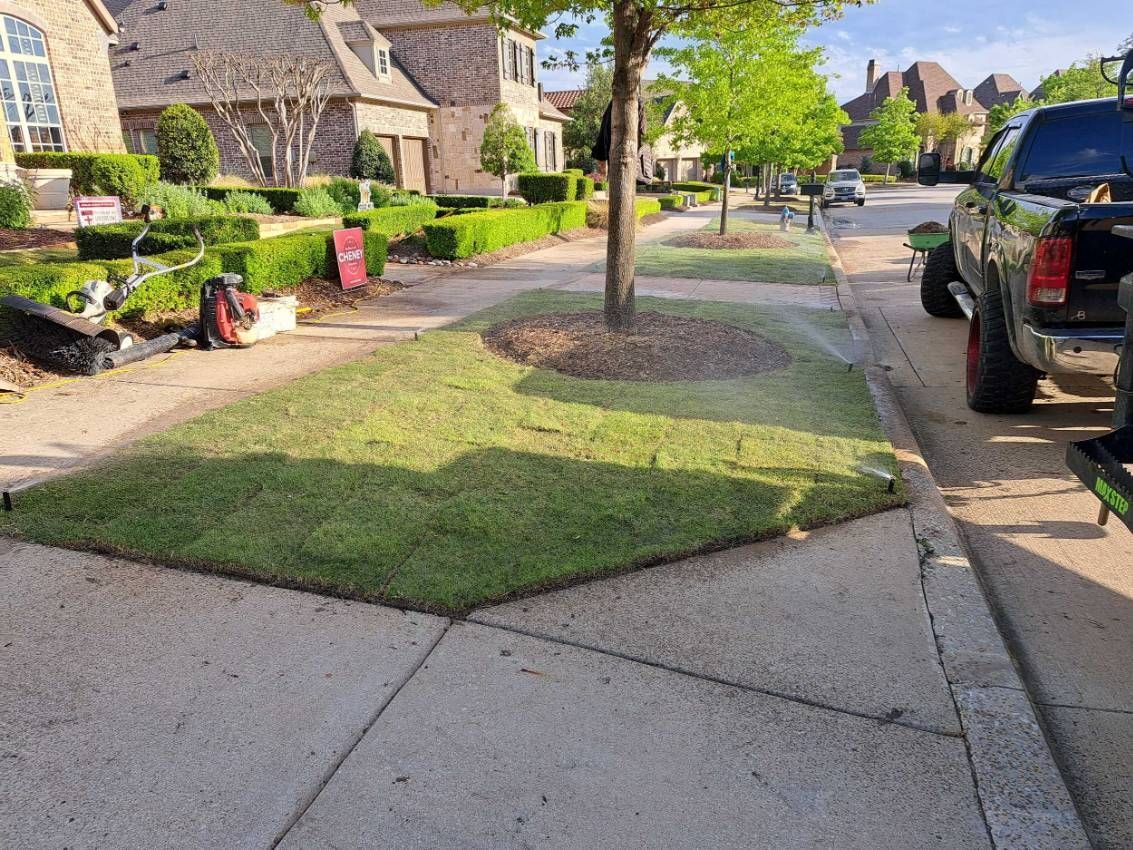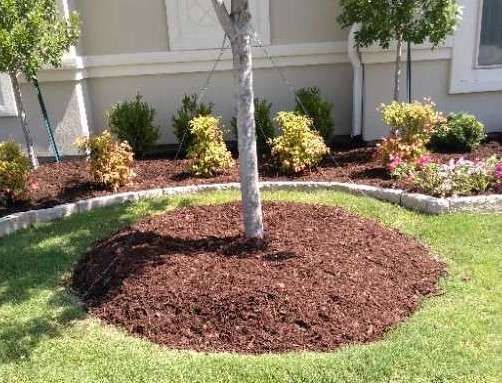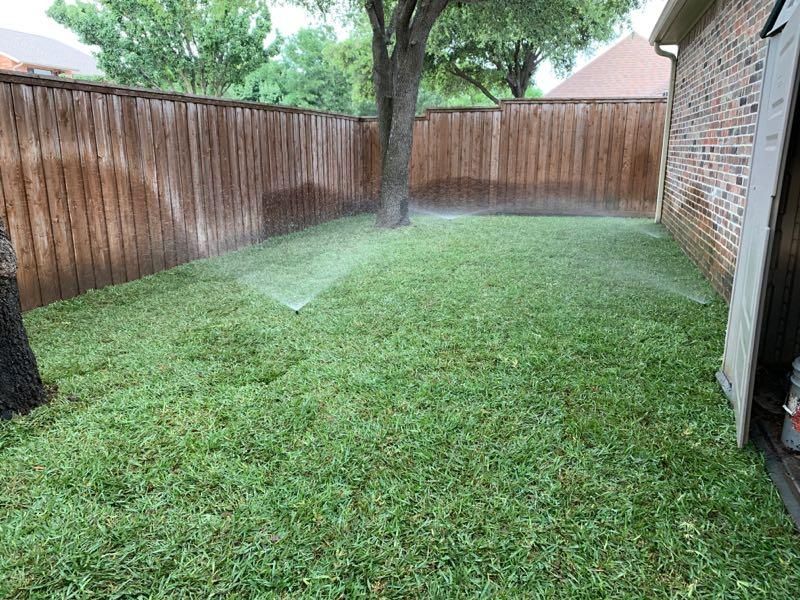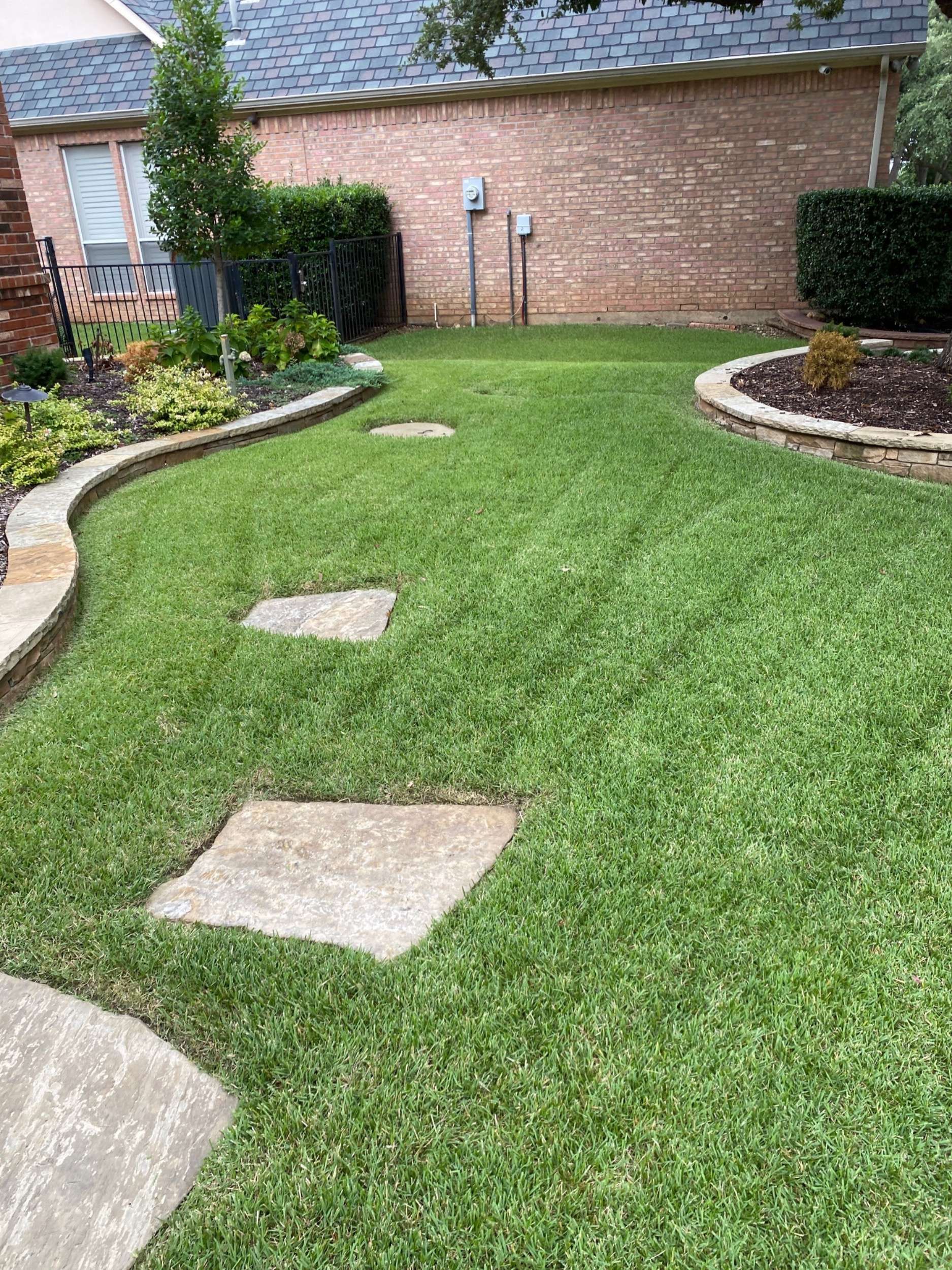Transforming Your Curb Appeal: A Quick Guide to Sodding
Transforming Your Curb Appeal: A Quick Guide to Sodding
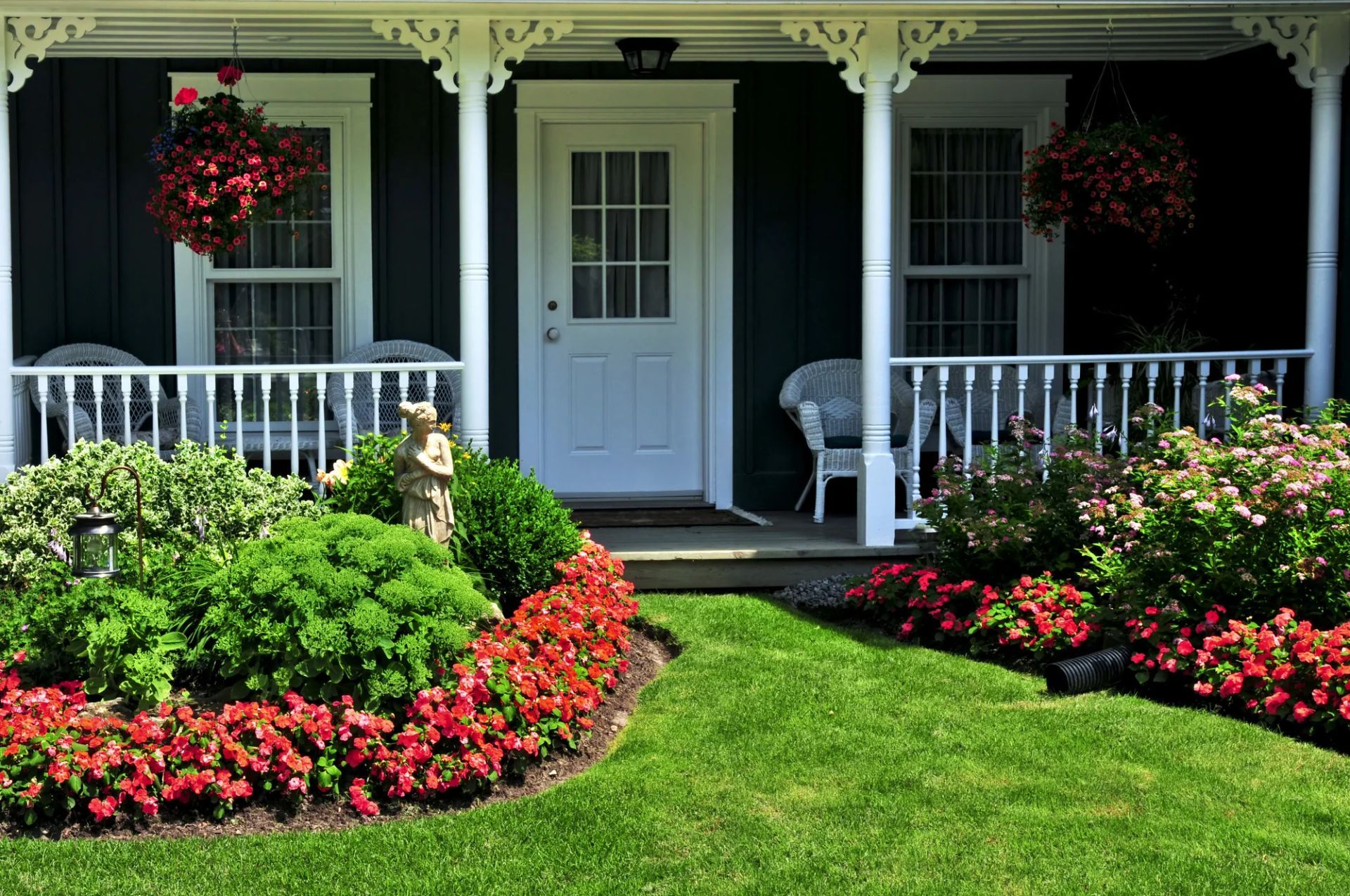
As many homeowners will tell you, growing lawn grass takes a while. Well, what if we told you that you could have a new lawn in one day?
We are, of course, talking about sodding. Sod is a type of grass that often comes harvested in rolls that contain roots and a layer of soil. You need about six hours to install it, which will have an instant effect on your curb appeal.
On top of that, you can install sod anywhere from spring to fall. Here’s a quick guide that will help you get acquainted with this process.
Clear the Ground
Your first step should be to clear the ground of any debris or old materials. If your lawn has invading grass, water the lawn for a few days, then spray it with a herbicide. That will get rid of any invaders down to the roots.
To get rid of old materials, you’ll need to use a rototiller. This will allow you to loosen up topsoil and prepare it for sod installation. You’ll also want to add a pre-emergent weed killer to prevent new weeds from growing.
Amend the Soil
Once your soil is ready to go, you need to level it. Then, you’ll have to use the right amendments to improve the soil’s condition. You may also need to create the right lawn environment by adding some gypsum.
The amendments you should get will depend on your location. For example, areas with high clay content will demand lots of topsoil on top of the clay. Ask the people at the local Home Depot to recommend the right amendments.
Install Sprinklers
Installing a sprinkler system is easier than it may seem. Remember that the sprinkler heads need to be 1/2 inch above the ground. Since most sod is 3/4 to 1 inch thick, it should line up with the heads perfectly.
To get the sprinklers to your preferred height, unscrew the riser from the pipe. Then, cut off as many sections as you need. Repeat this step for all your sprinklers.
Choose Your Sod
Your climate should be the main factor in choosing the right kind of sod. If it’s cold throughout the year, transitional grass will work best. These include ryegrass, Kentucky bluegrass, and tall fescue grass.
For humid climates, you’ll want a type of turf with solid heat resistance. Otherwise, grass blades will likely go brown in the summer heat. Your best sod options for warm climates are zoysia, St. Augustine, and Bermuda.
Lay the Sod
Regardless of which sod you opt for, it will arrive in strips. Go to the furthest corner of your yard and start laying it across the back wall. If a strip contains excess sod, trim it with a box cutter or sharp knife as needed.
Once you’ve covered the whole back wall, keep laying sod up against the first pieces. Make sure to stagger them so that the lines don’t match up. Keep laying the sod until you’re done, keeping the ground moist as you go.
Sodding Is Great for Curb Appeal!
Regardless of which sod you opt for, it will arrive in strips. Go to the furthest corner of your yard and start laying it across the back wall. If a strip contains excess sod, trim it with a box cutter or sharp knife as needed.
Once you’ve covered the whole back wall, keep laying sod up against the first pieces. Make sure to stagger them so that the lines don’t match up. Keep laying the sod until you’re done, keeping the ground moist as you go.
The post Transforming Your Curb Appeal: A Quick Guide to Sodding appeared first on TerraTurf.



